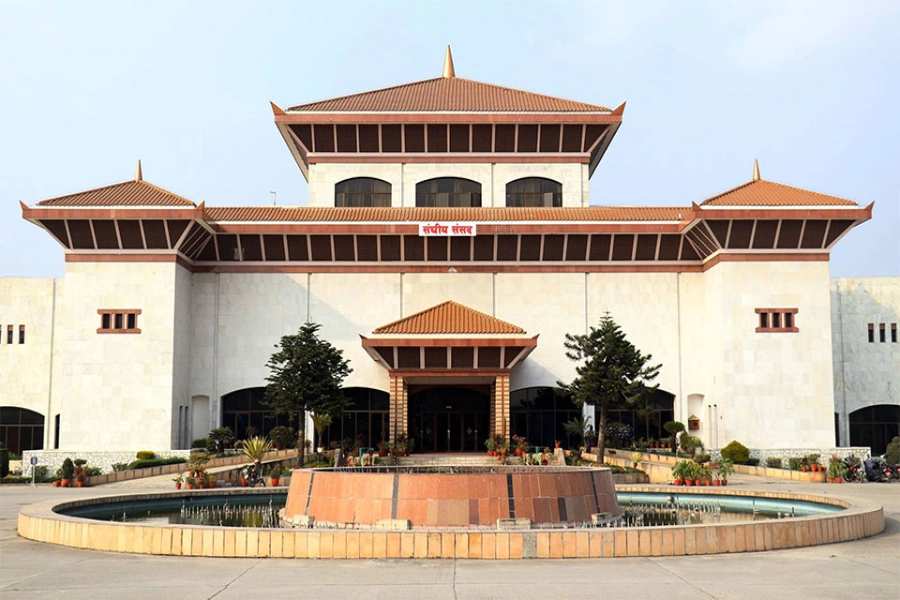ITAHARI, Oct 19: With increasing elephant attacks on humans around the Koshi Tappu Wildlife Reserve, the reserve is preparing to shift the Hassisar (elephant stable) from the region.
After the residents of Koshi Rural Municipality threatened to intensify their protest if the elephant stables are not shifted elsewhere, the Koshi Tappu Wildlife Reserve decided to shift Hattisar within a month.
On Wednesday, a resident of Suklaphata Municipality-1, Baldev Bohara, 70, was killed in an elephant attack when he was in a nearby forest to graze his cattle. “The local residents are terrified by wild elephants. And, there is no suitable place to shift Hattisar, which is a big problem,” Ramdev Chaudhary, warden of the reserve, said.
Koshi Tappu Wildlife Reserve gets a new elephant calf, official...

Of late, residents living near the forest area are terrified by elephant attacks. The wild elephants roam around the residential areas to eat paddy and corn. Currently, there are around 200 to 250 wild elephants in Nepal. Of those elephants, 15-20 are in Jhapa, 17 are in Koshi Tappu Reserve, eight in Sindhuli, and 45-50 in Parsa and Chitwan National Park. Likewise, more than 100 elephants are in Bardiya, and 25-30 are in Suklaphanta National Park.
“During the paddy and corn harvesting season, 120-140 elephants come to Jhapa from West Bengal of India. Likewise, 30-40 come to Katariyaghat, Bardiya, and 35-40 come to Suklaphanta,” according to Ashok Ram, deputy warden of Parsa National Park.
“The residents know the behavior of Nepali wild elephants. But, the wild elephants coming to Nepal from India bring more trouble in the region,” he said, adding the human causalities can be reduced if the corridor – from where the elephants enter – is kept under protection.
“Human settlements are near the forest area. The wild elephants also access the area for fodder,” he said. Likewise, Dr Narendra Pradhan, a Ph.D. in elephant research, said that elephant attacks have increased as humans have increased encroaching upon forests for settlement. Meanwhile, Pradhan also said that putting electric wires on the borders of the forest areas have not been useful to stop elephant attacks. “The government has been organizing programs to make the people aware about the possible attacks,” he said, adding that in the last 10 years, 60 out of 100 elephant attacks are led by the mistakes from the residents themselves.
A report shows around 15-17 humans are killed in elephant attacks in Nepal annually.


































